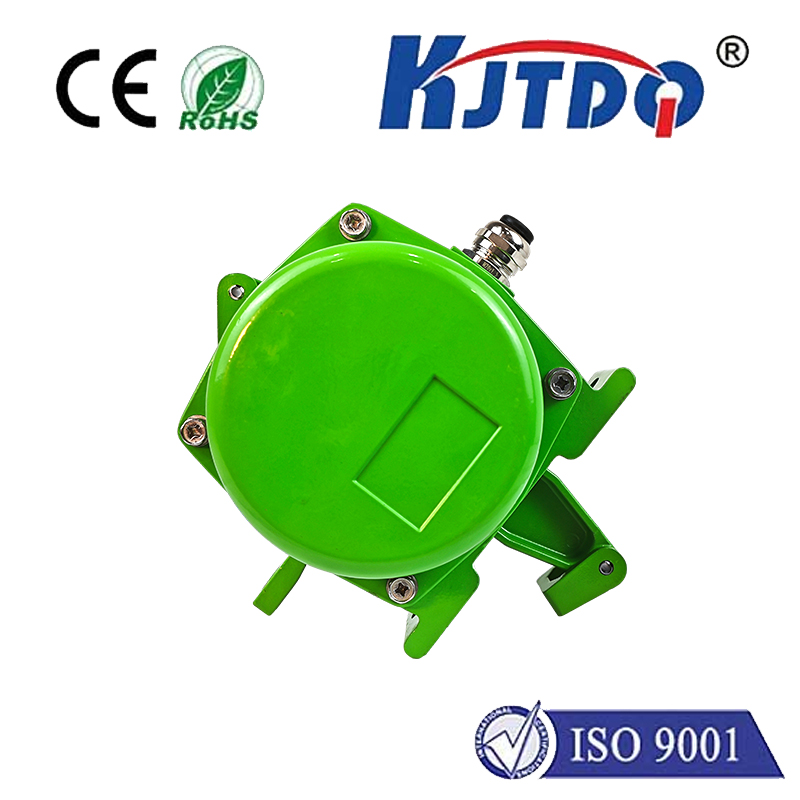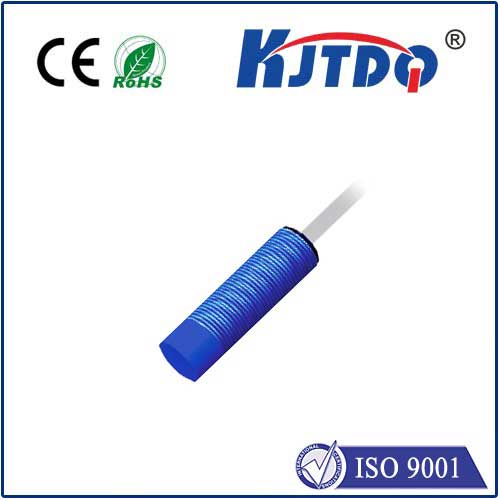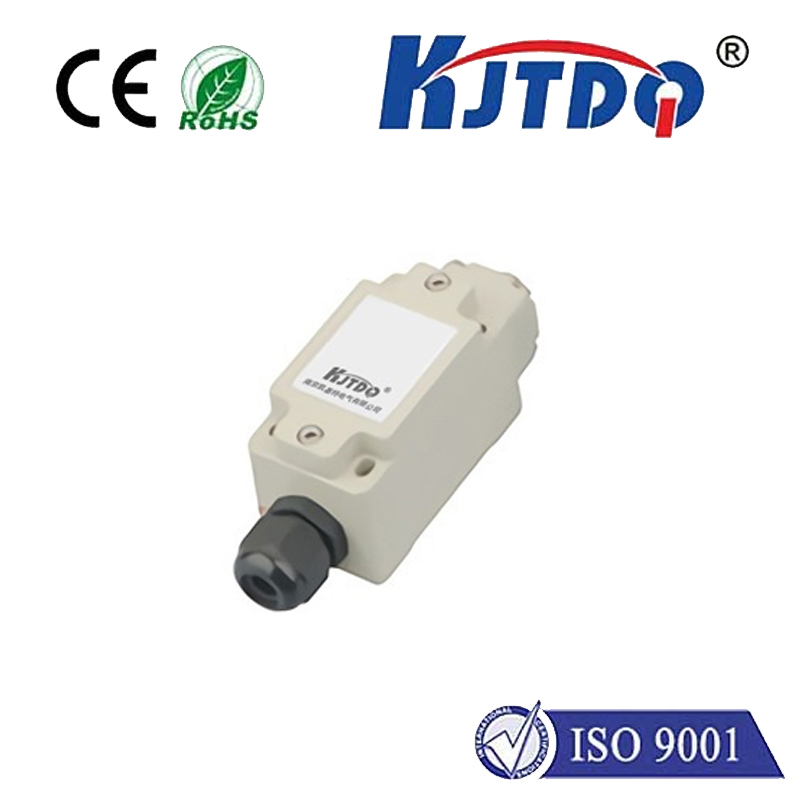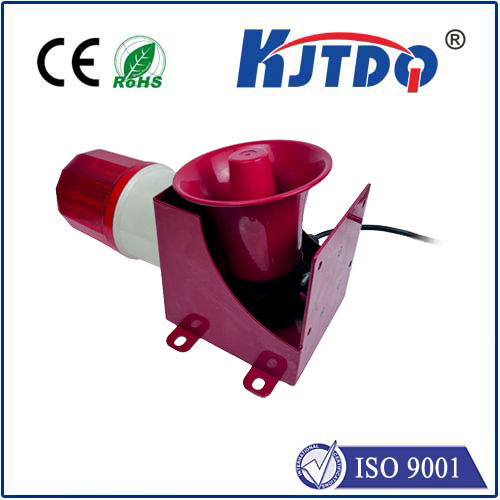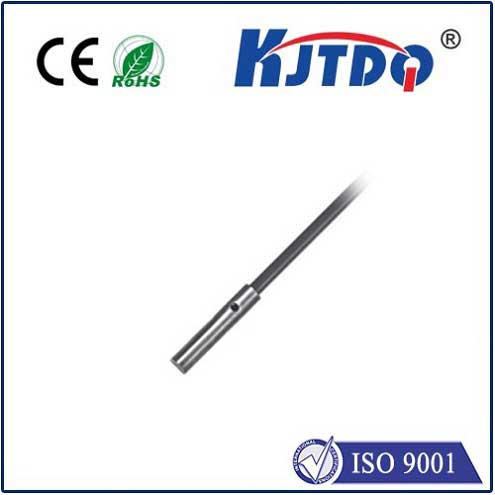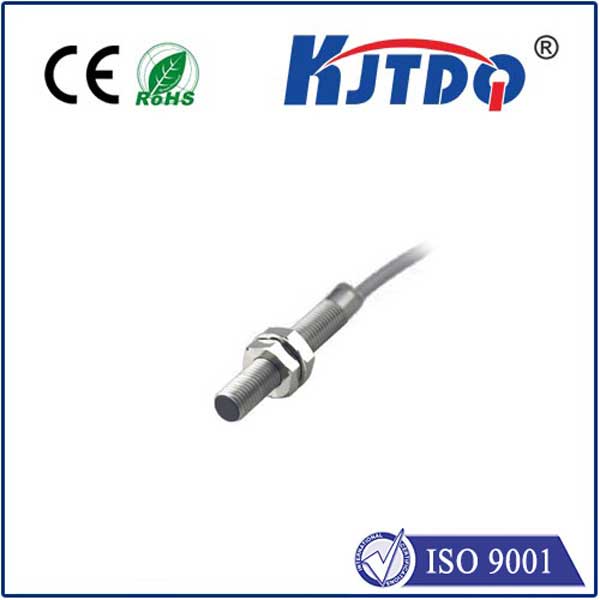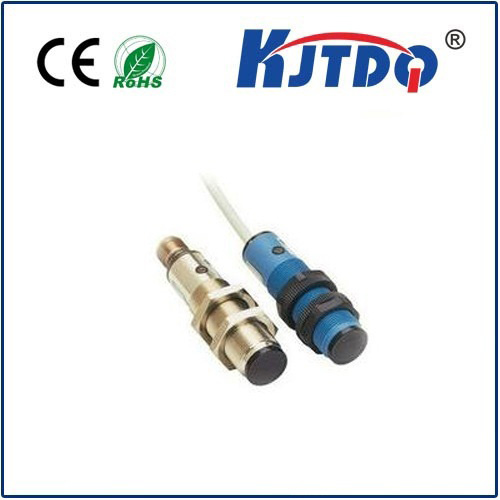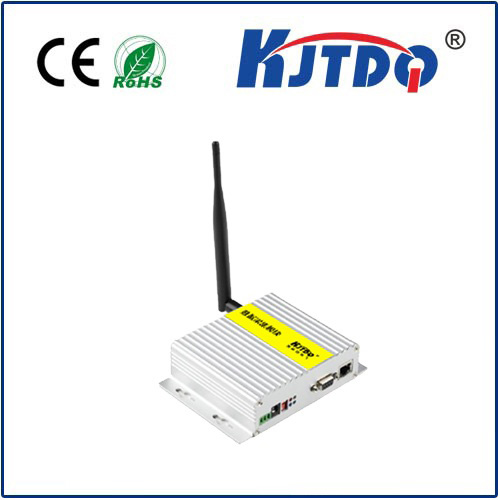diffuse type photoelectric sensor
- time:2024-10-16 03:17:35
- Click:0

Title: Understanding the Diffuse Type Photoelectric Sensor
Introduction
The advancement of technology has led to the development of various types of sensors, each with unique features and applications. One such sensor is the diffuse type photoelectric sensor. This article aims to provide a comprehensive understanding of this sensor, its working principle, advantages, disadvantages, and applications.
What is a Diffuse Type Photoelectric Sensor?
A diffuse type photoelectric sensor is a device that detects the presence of an object by means of a beam of light. It consists of an emitter and a detector, which are separated by a specific distance. The emitter emits light towards the object, and when the light hits the object, it scatters in all directions. Some of this scattered light falls on the detector, which converts it into an electrical signal. If the object is present, the amount of light falling on the detector decreases, causing a change in the electrical signal. This change is then used to detect the presence of the object.
Working Principle
The working principle of a diffuse type photoelectric sensor is based on the reflection of light. When the emitter emits light towards an object, some of it is reflected back towards the detector. The amount of reflected light depends on the color, size, shape, and surface texture of the object. If the object is present, it reflects more light than if it were not there. This increase in reflected light causes a corresponding decrease in the amount of light falling on the detector. The change in light intensity is measured and used to determine whether an object is present or not.
Advantages of Diffuse Type Photoelectric Sensors
- Non-contact measurement: Since the sensor does not come into physical contact with the object being measured, there is no wear and tear on either the sensor or the object.
- High sensitivity: Diffuse type photoelectric sensors are highly sensitive and can detect even small changes in light intensity.
- Easy installation: These sensors are easy to install and require minimal maintenance.
- Versatile application: They can be used in a wide range of applications, including industrial automation, security systems, and traffic control.
Disadvantages of Diffuse Type Photoelectric Sensors
- Limited detection range: The maximum detection range of these sensors is limited by their design and the properties of the objects being detected.
- Sensitivity to environmental factors: Changes in temperature, humidity, and other environmental factors can affect the performance of these sensors.
- Limited ability to distinguish between different objects: These sensors may not be able to differentiate between different objects based solely on their optical properties.
Applications of Diffuse Type Photoelectric Sensors
Diffuse type photoelectric sensors have a wide range of applications in various industries due to their non-contact measurement capabilities and high sensitivity. They are commonly used in conveyor belt systems to detect packages or boxes as they pass by. They are also used in security systems to detect motion and trigger alarms or activate surveillance cameras. In traffic control systems, they are used to detect vehicles waiting at intersections or pedestrian crossings. Additionally, they are used in industrial automation systems for counting parts or monitoring processes.
Conclusion
In conclusion, diffuse type photoelectric sensors are versatile devices that use the reflection of light to detect objects without making physical contact with them. They offer several advantages over other types of sensors, including non-contact measurement and high sensitivity. However, they also have some limitations, such as a limited detection range and sensitivity to environmental factors. Despite these limitations, they remain popular due to their wide range of applications in various industries.






